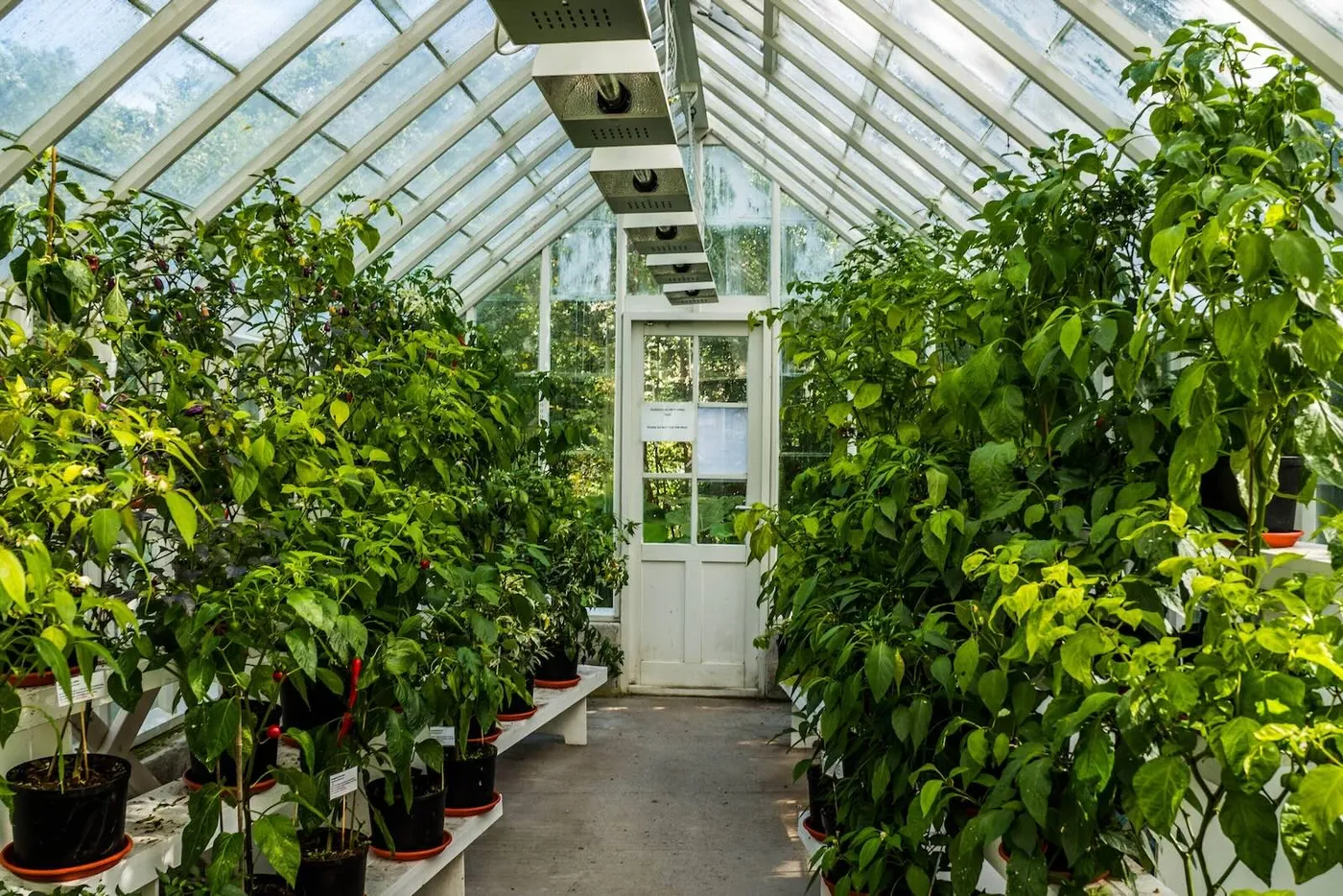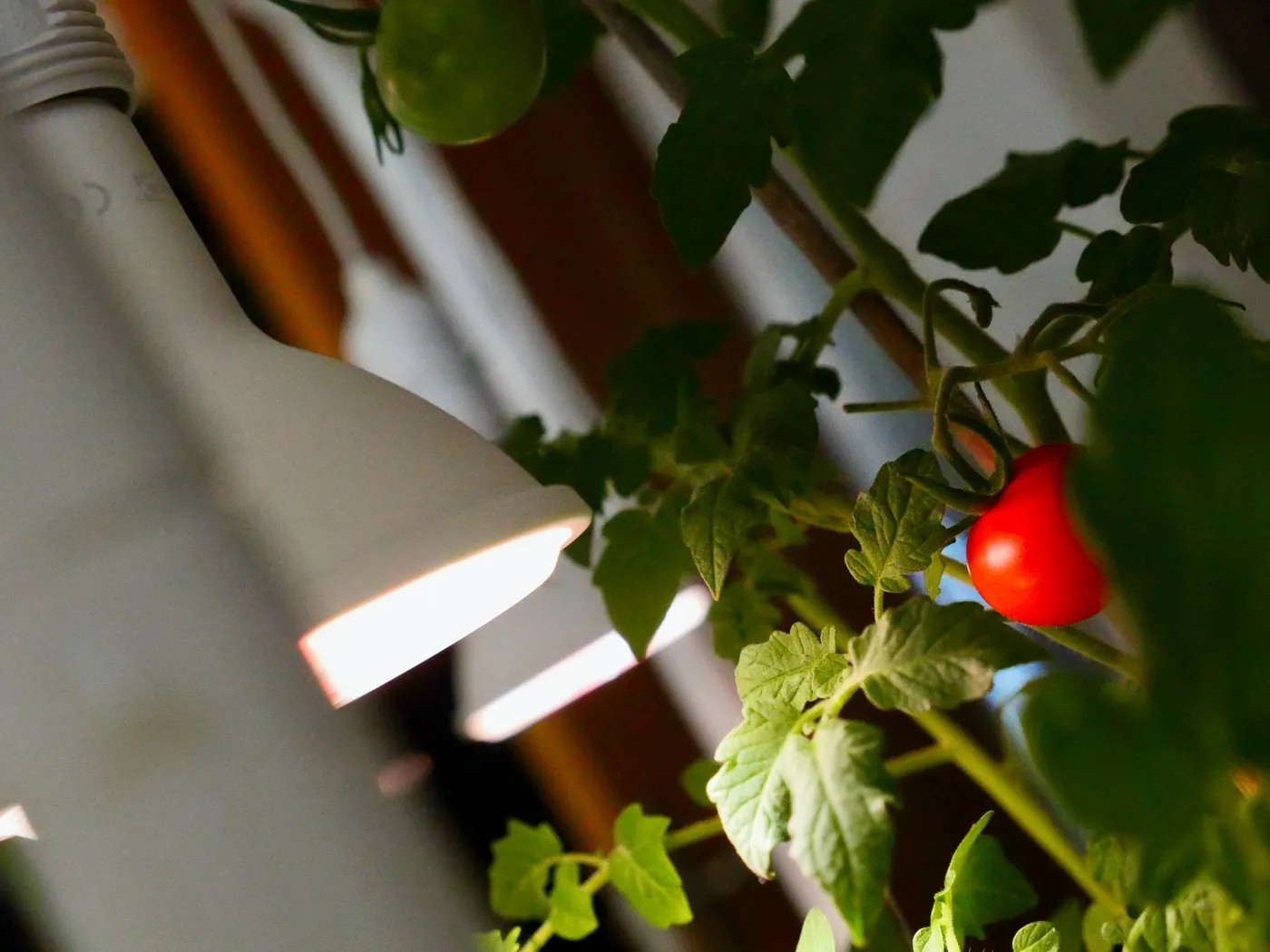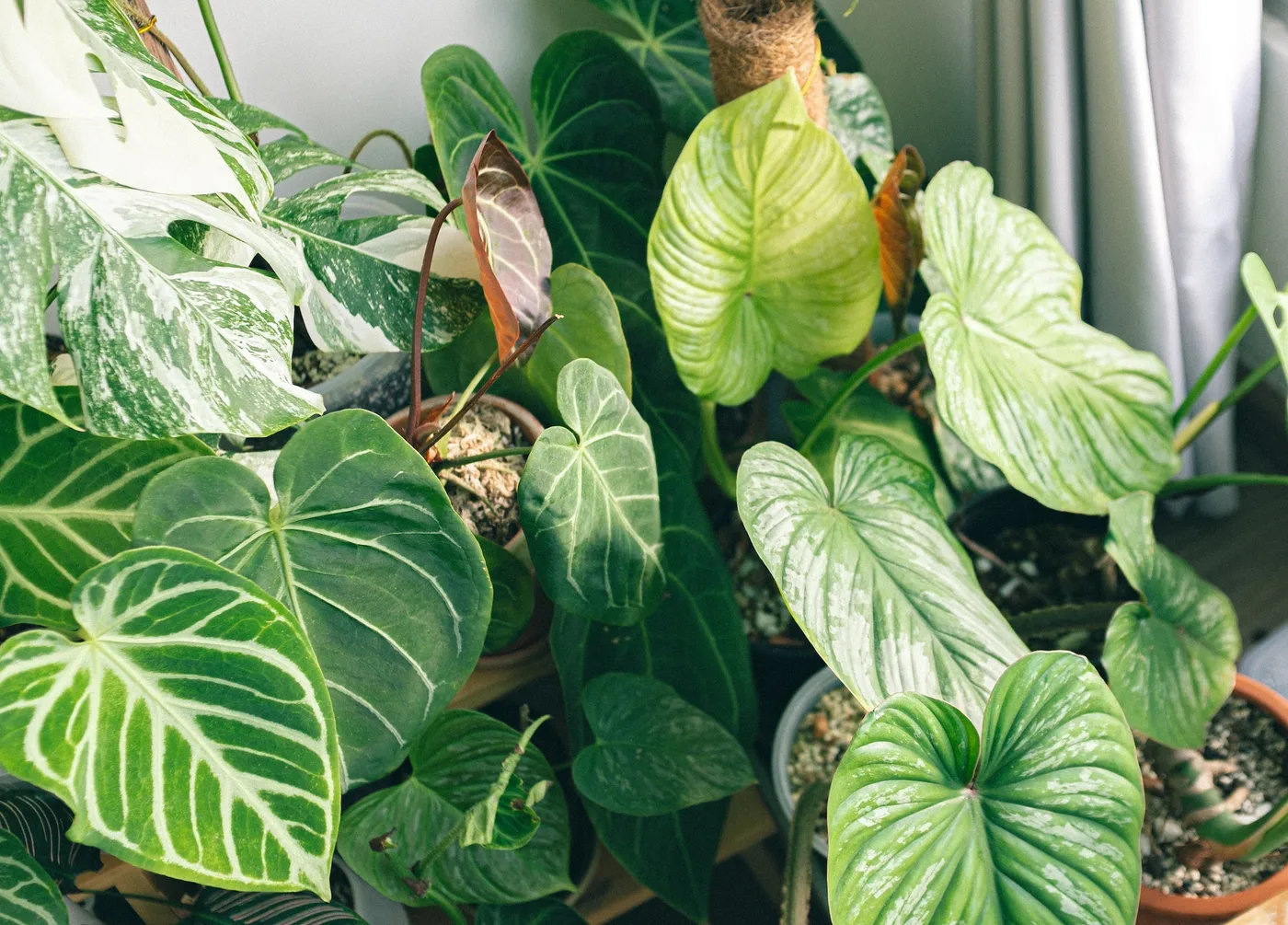
Auto-Translate
If there's one question that never allows a cannabis grower any sleep, it's — are my plants getting enough light?
If this question has ever crossed your mind, don't worry, you're not alone. Considering every professional-grade marijuana grow facility is decked out in ultra-powerful lighting, it's no mystery why many home growers find their lighting solution inadequate.
Luckily for you, your cannabis crop’s success isn't dependent on the size of your lights. Instead, the health of your marijuana plants in regards to lighting relies on a parameter known as the daily light integral or DLI for short.
Read along as we describe recommended DLI values for cannabis from seedling, to vegetative, to flower (a.k.a. bloom), to harvest. You'll learn what the DLI is, how it affects plants, how it can save you money, and how you can optimally use your grow lights by measuring and adjusting the DLI.
Contents
A Brief Recap on DLI
As we've previously described what the DLI is, let's take this time to briefly recap the fundamental points regarding the DLI.
The important part about plant lighting is that each plant has a maximum DLI in its respective growth stage. Thus, the DLI serves as a measurement that provides cultivators insight into the amount of usable light that a crop needs to flourish. Luckily, the effects of DLI on plants is well researched for many plants and we can harness this knowledge to cultivate cannabis better and cheaper.
The Effect of DLI on Plants
The effect of the DLI on all plants is monumental. Without proper lighting, plants would have a tough time surviving. As we can see, plants throughout the world have adapted their lighting needs according to their environment.
Now, here's a list of effects of supplying proper amount of light on plants:
- Reduces node spacing
- Stimulates root and shoot growth
- Increases stem thickness
- Increases flower size
- Increases plant vigor
- Increases nutrient and water uptake
- Reduces susceptibility to disease and pest outbreaks
- Increases growth in general
As you can see, the DLI measure affects the entire plant — not just the leaves. Supplying your cannabis plants with proper lighting is the #1 factor for a successful marijuana crop.
DLI for Cannabis
Now, let's talk specifically about cannabis plants and DLI.
Whether you grow marijuana indoors or outdoors, understanding the relationship between light and cannabis plant age is essential for a successful grow cycle leading to big, healthy buds and a bountiful harvest.
If you're mainly growing autoflowering cannabis, we recommend to read our article that is focused in lighting for autos after this one. All principles described within this article apply for autos as well.

What's The Optimum DLI For Cannabis Plants Over The Full Grow Cycle?
As cannabis originated from southern and mountainous areas such as Nepal, Afghanistan, Pakistan, and more it prefers a lot of light and thus, recommended DLI values are relatively high.
In agricultural terms, cannabis plants require full-sun to flourish. Indoors, however, cultivators must consider the light height, light output, and lighting duration to achieve proper lighting.
Based on research and experience, we’ve broken down ideal DLI values for cannabis plants over the length of the full grow cycle:

As you can see, cannabis seedlings or clones require less light, whereas a cannabis plant flourishes when supplied with a lot of light in its vegetative (veg) and flowering (bloom) stage. Providing the plant with too much light too early will result in damage, as it needs time to adjust to higher light intensities. To initiate the flowering period, the lighting duration is reduced significantly (typically from 18 hours down to 12 hours), which also results in a lower DLI. Light intensity is then gradually increased to get big buds. Providing such a high DLI with just about 12 hours of lighting requires a strong grow light able to supply a high PPFD.
Cannabis growth can be increased even further if additional CO2 is added to the grow space. As this is a bit of an advanced topic, it is described in more detail a little later within this article.
Cannabis growers can achieve an optimal DLI value by understanding the basics of choosing the right grow light and the correct positioning for indoor grow lights.
DLI For Cannabis Autoflowers
Autoflowering cannabis (also called day neutral cannabis) varieties automatically switch from vegetative growth to the flowering stage based on age, as opposed to the ratio of light to dark hours required with regular, photoperiod dependent strains. As for the DLI, this means that the plant can be considered to be in the vegetative stage even when flowers are present. Therefore, no flowering phase is initiated by the light schedule and DLI levels of over 40 mol/m²/d can be kept until the plant is harvested.

Cannabis PPFD Range
Providing ideal immediate PAR intensity (measured in PPFD) to your cannabis plant is just as crucial as providing the optimal amount of light throughout the day. As the DLI is the product of time (photoperiod) and light intensity (PPFD), you can hit an optimal DLI value with the wrong combination of those two parameters (e.g. when you have very bright lights but only on for an hour). We’ve written an in-depth article about cannabis PAR levels that dives deeper into the topic. To keep it simple for now, we recommend the following PPFD for your cannabis plant:
| Growth Phase | PAR Level (PPFD) |
|---|---|
| Seedling / Clone | 100 – 300 |
| Vegetative | 250 – 600 |
| Bloom / Flowering | 500 – 1050 |
Cannabis Photoperiod
To progress the cannabis plant through its vegetative and flowering stage, different lighting durations, so-called photoperiods, are required to simulate the season’s natural rhythm. In general, you want to keep your lights on for as long as possible, but also need to create a drastic shift when initiating the flowering period. Common cannabis photoperiods are 18 hours for the vegetative phase and 12 hours for the flowering phase. There is a range however, and you can adjust your lighting to fit into it. We recommend to keep your lights on for the following duration:
| Growth Phase | Photoperiod (h) |
|---|---|
| Seedling / Clone | 16 – 24 |
| Vegetative | 16 – 24 |
| Bloom / Flowering | 10 – 13 |
| Maturing | 10 – 14 |
Mind that the flowering period is not required for autoflowers per-se, as they flower based on an internal clock. Therefore, you could keep the lights on for longer to achieve a higher DLI with lower PPFD. Keeping a photoperiod of 20 h is a good place to start when growing autoflowers.
Cannabis DLI Calculator
We know that cannabis lighting can be complex and maybe even overwhelming. To make your life as a grower easier, we created our cannabis DLI calculator that uses the knowledge supplied in this article to calculate a recommendation for your grow lighting.
Increasing Yields with CO2
Photosynthesis mainly requires photons (light), water and CO2. As for really maxing out the rate of photosynthesis, all plants do have a point where more light and water just does not equal more growth, but more often than not, inadequate CO2 supplementation is the primary limiting factor.

General indoor CO2 levels of about 400 to 600 ppm quickly restrict photosynthetic activity to less than half of what would be possible. Supplementing higher CO2 to at least 800 ppm greatly boosts photosynthetic activity and allows for more light or rather higher PAR levels. If you really want to max out your cannabis plant’s growth, we recommend the following CO2 levels:
| Growth Phase | CO2 Level (ppm) |
|---|---|
| Seedling / Clone | 400 |
| Vegetative | 400 – 800 |
| Bloom / Flowering | 800 – 1400 |
Adding CO2 to your cannabis grow is a science of its own. If you want to dive deeper into this topic, we recommend our article on exactly that.
Look At What Your Plants Tell You
It’s important to note that all of the research on cannabis DLI, cannabis PAR levels, cannabis CO2 and every other lighting aspect won’t be able to exactly cover the needs of your specific plants in your individual setup. There are many other factors such as the grow room temperature, spectral light distribution, amount and quality of water, nutrients, cannabis genetics, and many more that have an influence on how well your marijuana plants grow.
We recommend treating all the aforementioned values and ranges as a basic guideline to act as a starting point for optimizing the lighting of your individual plants. If they seem happy and healthy, you’re definitely on the right track!
The Economic Benefit of an Optimal DLI
Most indoor cannabis growers, or indoor horticulturalists, for that matter, have yet to discover the economic benefits they can get when optimizing their lighting.
Since each plant, such as cannabis, requires a specific DLI for optimal growth one can assume that going over or under the recommended DLI will cause a disproportionate economic impact on your wallet.

Many marijuana growers pay an unnecessarily high electricity bill because there's a common belief that the more light — the bigger the buds. This, however, couldn't be further from the truth. The more light is not always the better: There is a point where more light does not induce more plant growth or even causes harm to the plant. On the other end, having a lower than recommended DLI results in lackluster buds, and a missed growing opportunity.
How to Optimize The DLI of Your Cannabis Plants With a Grow Light Meter
If you're like us — you want to optimize the DLI for your cannabis plants for the best results in both plant growth and electricity consumption.
However, we can't see the optimal DLI that's striking a cannabis plant's leaf. Instead, you'll need the help of a specialized PAR light meter (also referred to as quantum PAR meter or PPFD meter) that provides an accurate DLI reading.
Meet our grow light meter app — a PAR meter app for iOS and Android that's capable of providing real-time DLI measurement and much more.
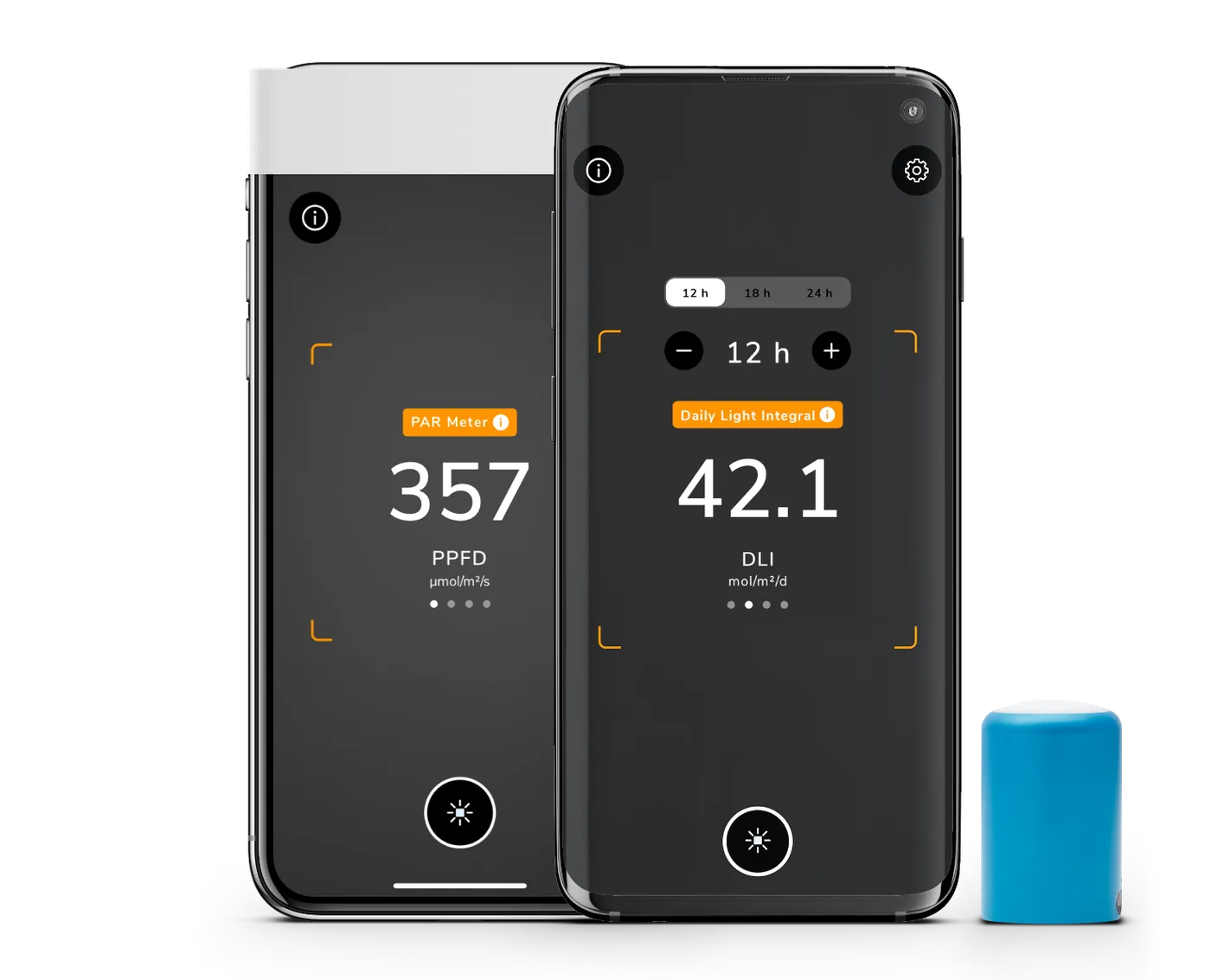
If you haven’t used our app yet, we definitely recommend giving it a try! Photone is free to download on iOS and Android and may even save you hundreds of dollars otherwise unnecessarily spent on physical meters.
If you're ready to fine-tune your grow room to push your crop to its optimum — we recommend downloading our grow light meter app for free and making guesswork a thing of the past.
Thank you for reading and happy growing!
Sources
- What to Know About Lighting Cannabis from a Former Greenhouse Cultivator
- Fluence Photobiology Guide
- The use of CO2 in cannabis cultivation and extraction

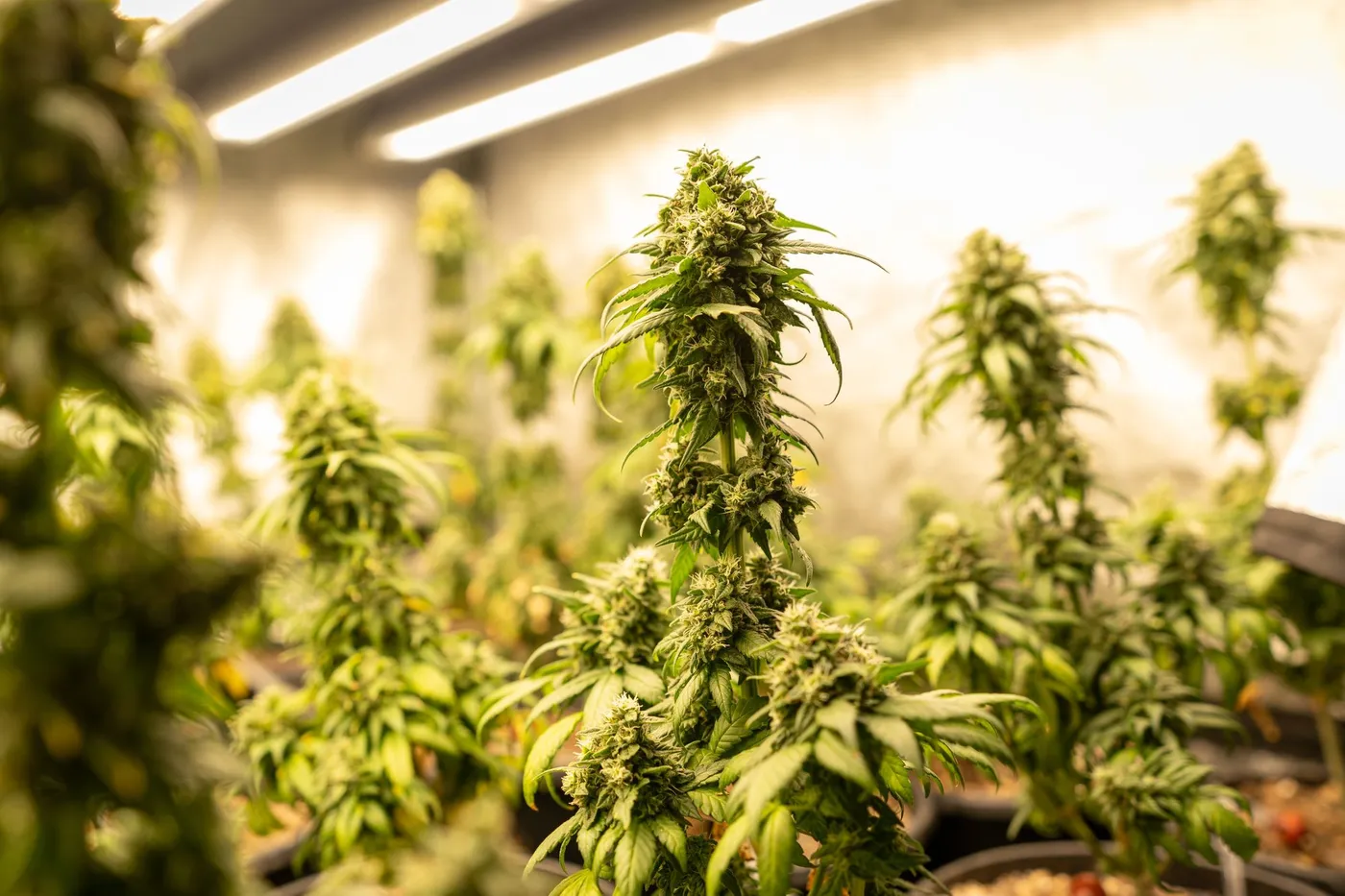
 Share This
Share This




